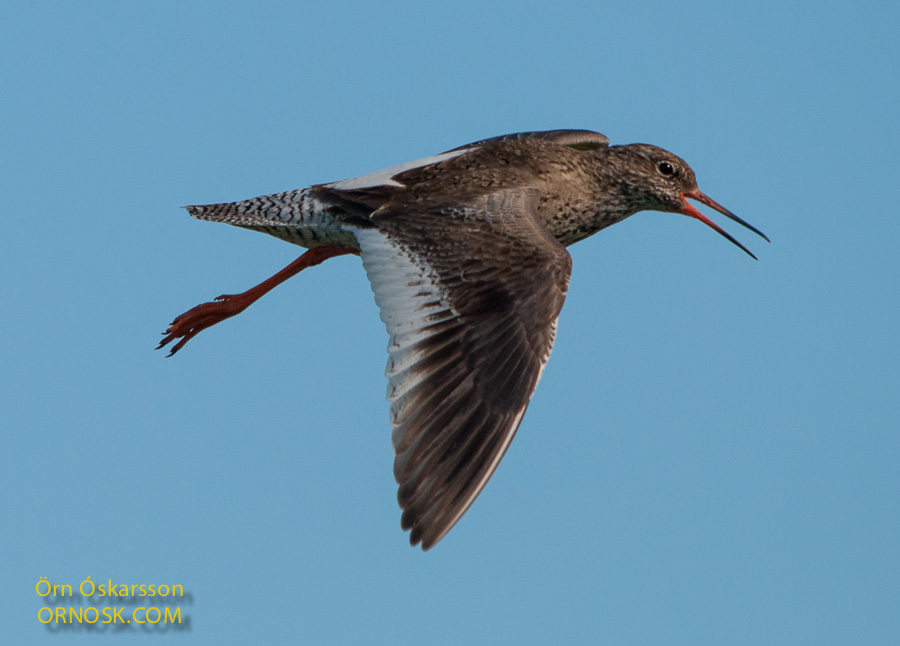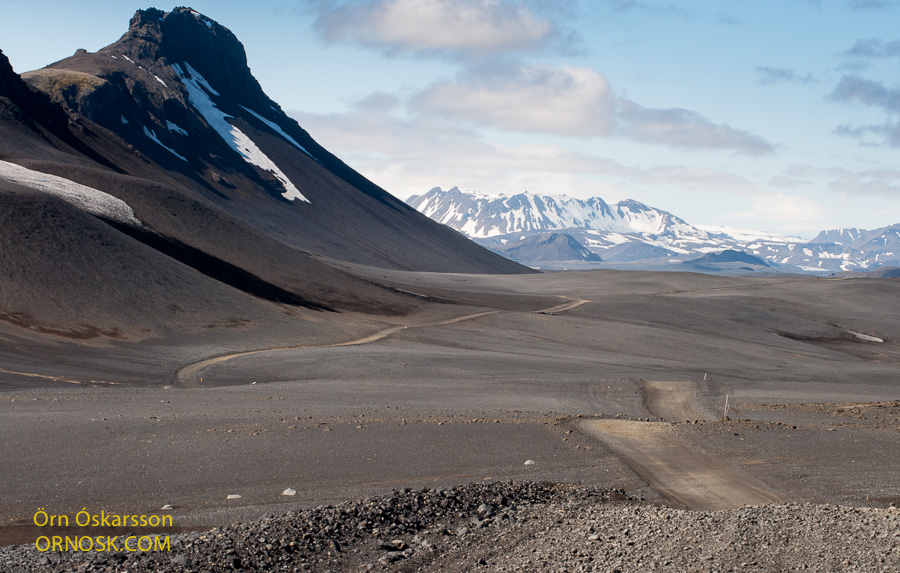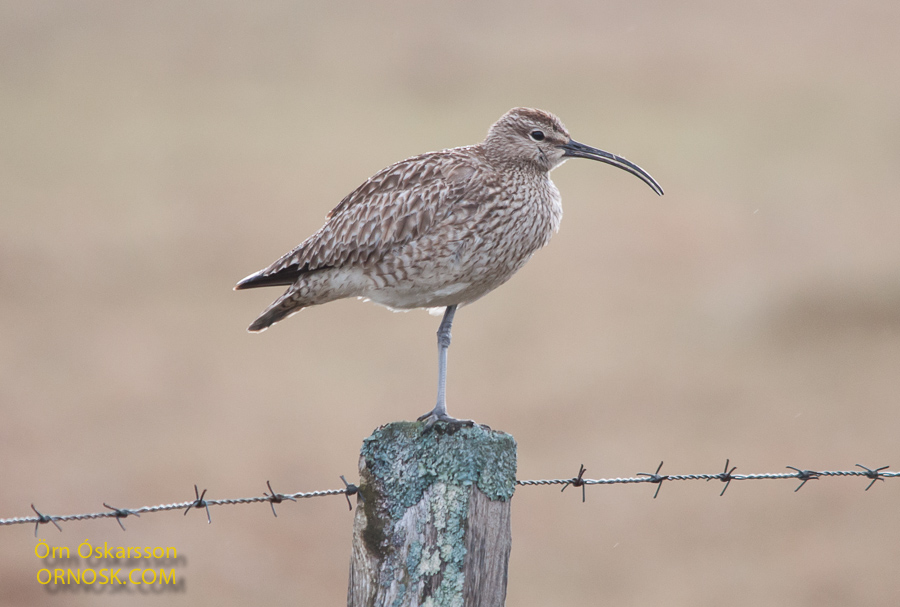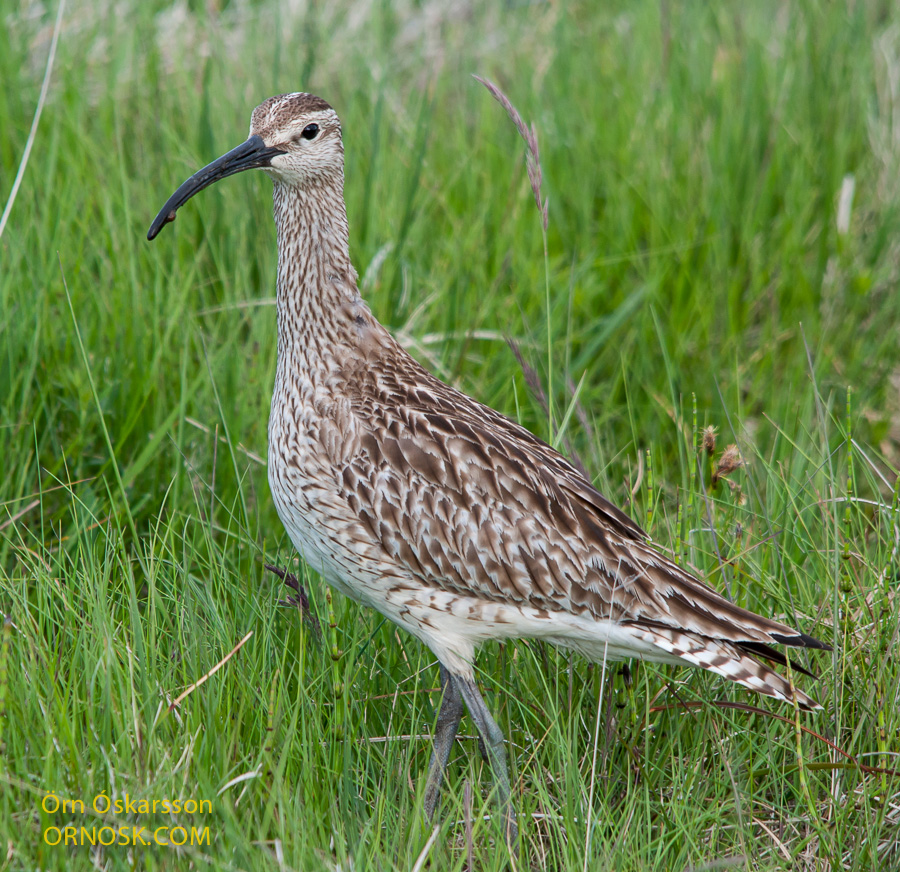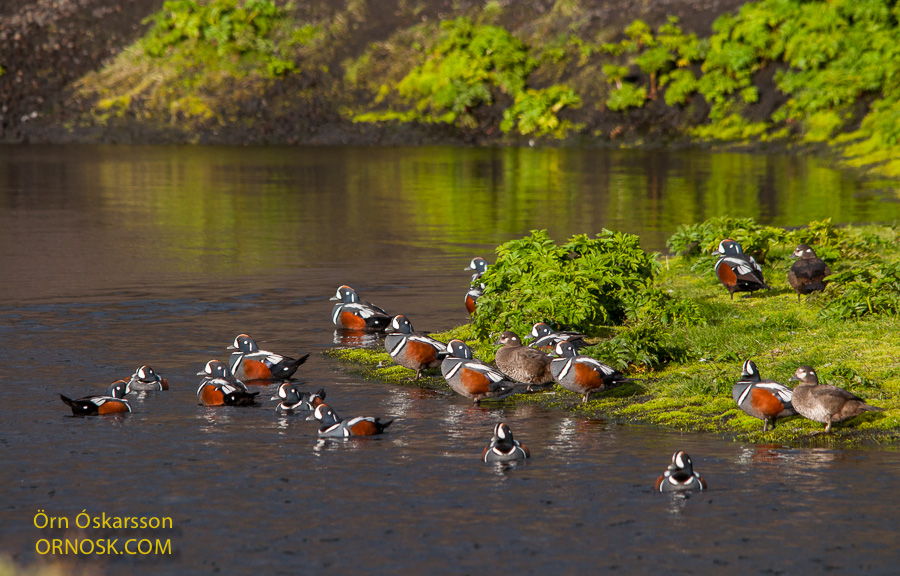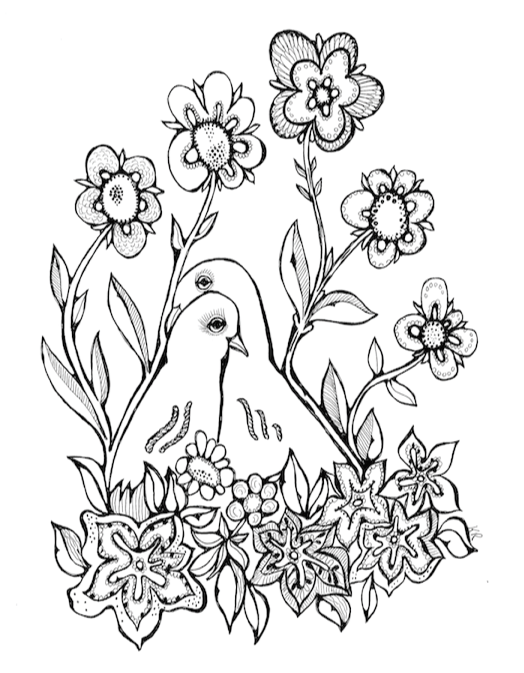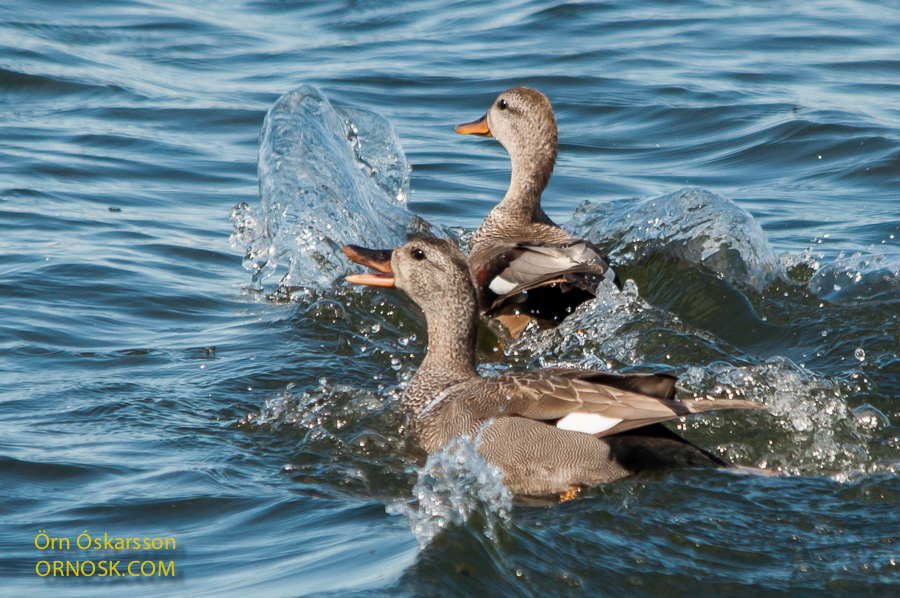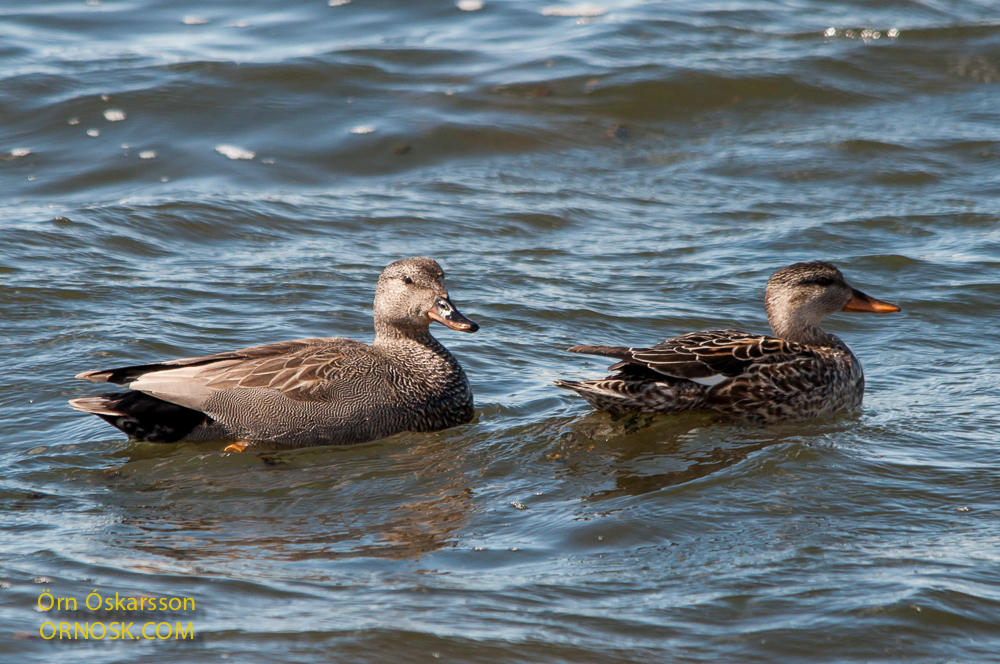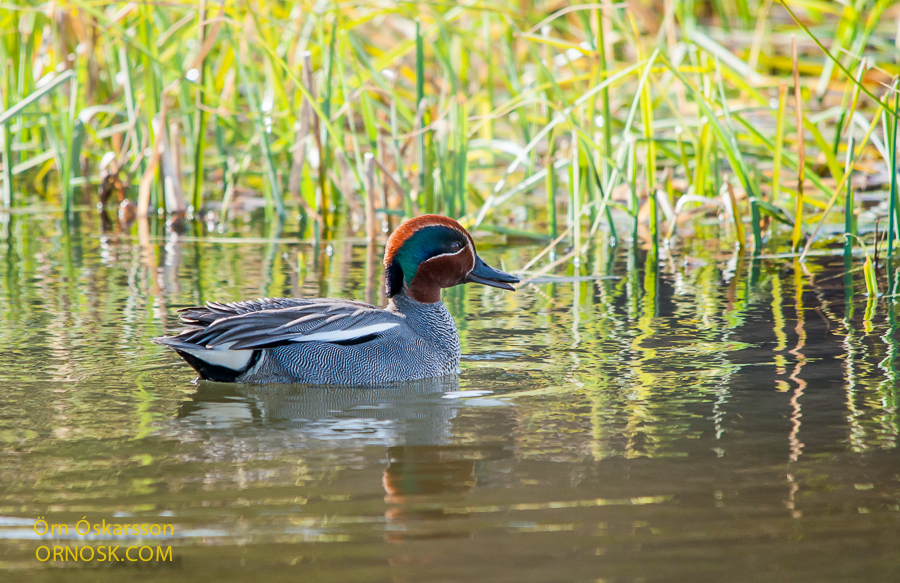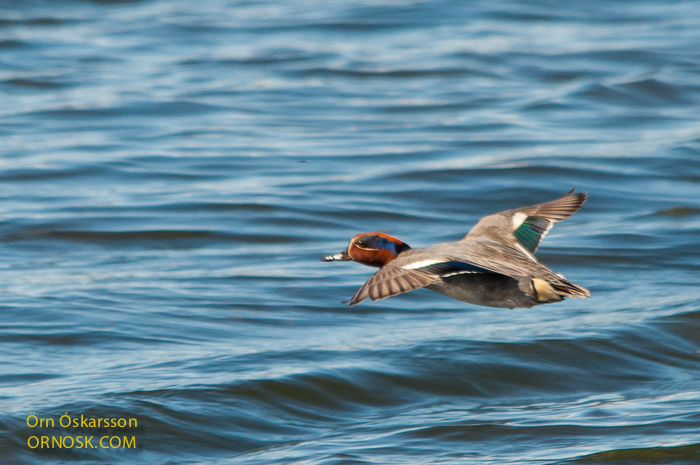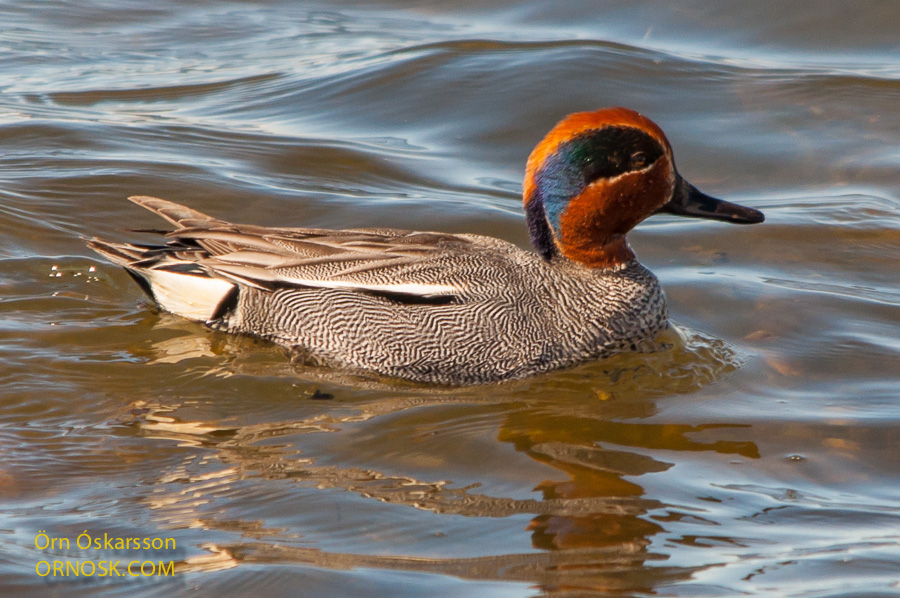Shelducks (Tadorna tadorna) are annual guests on Ölfusá River by Selfoss. They arrive in the end of March and stay in a group by the riverside until May. Then they disappear and appear again with chicks in the end of June. They probably breed by the river both above and below Selfoss.

The photo is of a pair that had six newly hatched chicks. They were seen by Öflusá River on June 30. Only two of the chicks agreed to be on the photo.


